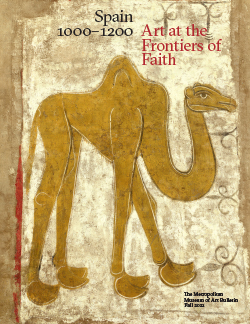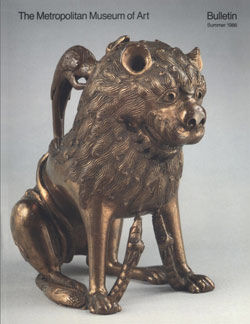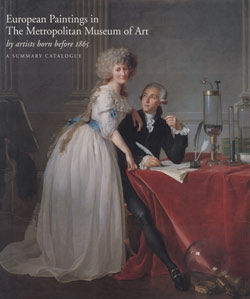Camel
The monastery church of San Baudelio de Berlanga was built in the late eleventh century along the frontier between medieval Iberia’s Christian- and Muslim-ruled territories. In the early twelfth century a workshop of painters covered the church’s walls with frescoes, including this image of a one-hump camel (a dromedary), originally part of a group of animal and hunting scenes. This painting could have been inspired by an actual camel. Though not indigenous to the Iberian Peninsula, during the Middle Ages camels were brought to its Muslim-ruled lands from North Africa. The painters’ style prompted the flattening and exaggeration of this dromedary’s form, but its overall shape and proportions are relatively close to the real thing. Inside the church, the animal could have taken on specifically Christian symbolic value. According to Saint Augustine, the camel represented humility—a virtue suggested by this creature’s deeply dipping neck.
The San Baudelio painters took inspiration from many different Mediterranean artistic traditions, which often came to them (or, more accurately, to their wealthy patrons) in the form of imported luxury objects. The pair of circular frames inhabited by creatures above the camel mimic the framing roundels that popularly decorated silk textiles from Islamic Iberia and Byzantium.
Due to rights restrictions, this image cannot be enlarged, viewed at full screen, or downloaded.






